When it comes to transporting motorcycles, loading them onto a truck or trailer can be a daunting task. The right tools and techniques make this process smooth and safe. A motorcycle ramp is an essential piece of equipment designed to assist in loading and unloading bikes with ease. However, using a ramp has its nuances. Proper knowledge of how to use it effectively can prevent accidents and damage to your motorcycle. This article will provide a comprehensive guide on using a motorcycle ramp for a smooth loading experience.
Understanding Motorcycle Ramps
Types of Motorcycle Ramps
Before loading your motorcycle, it’s essential to understand the different types of ramps available. Motorcycle ramp mainly fall into two categories: bi-fold and tri-fold ramps. Bi-fold ramps are straightforward and consist of two pieces that fold in half. They are generally easier to store and transport but may not provide the length needed for taller vehicles.
Tri-fold ramps, on the other hand, have three sections that fold up, making them more compact for storage. These ramps are often longer and can accommodate various loading heights, making them ideal for larger trucks or trailers. When selecting a ramp, consider the height of your truck or trailer and the weight of your motorcycle to ensure compatibility.
Weight Capacity and Material
Ramps come with specific weight ratings, so it is crucial to choose one that can support your motorcycle’s weight. A ramp that cannot handle the weight may bend or break during use, leading to accidents. Always check the manufacturer’s specifications for weight capacity before making your purchase.
The material of the ramp also affects its performance. Most motorcycle ramps are made of either aluminum or steel. Aluminum ramps are lightweight and resistant to rust, making them easy to handle and store. Conversely, steel ramps tend to be heavier and may offer higher weight capacities, but they can be susceptible to rust. Assess your needs and preferences when selecting the best ramp material for your motorcycle loading.
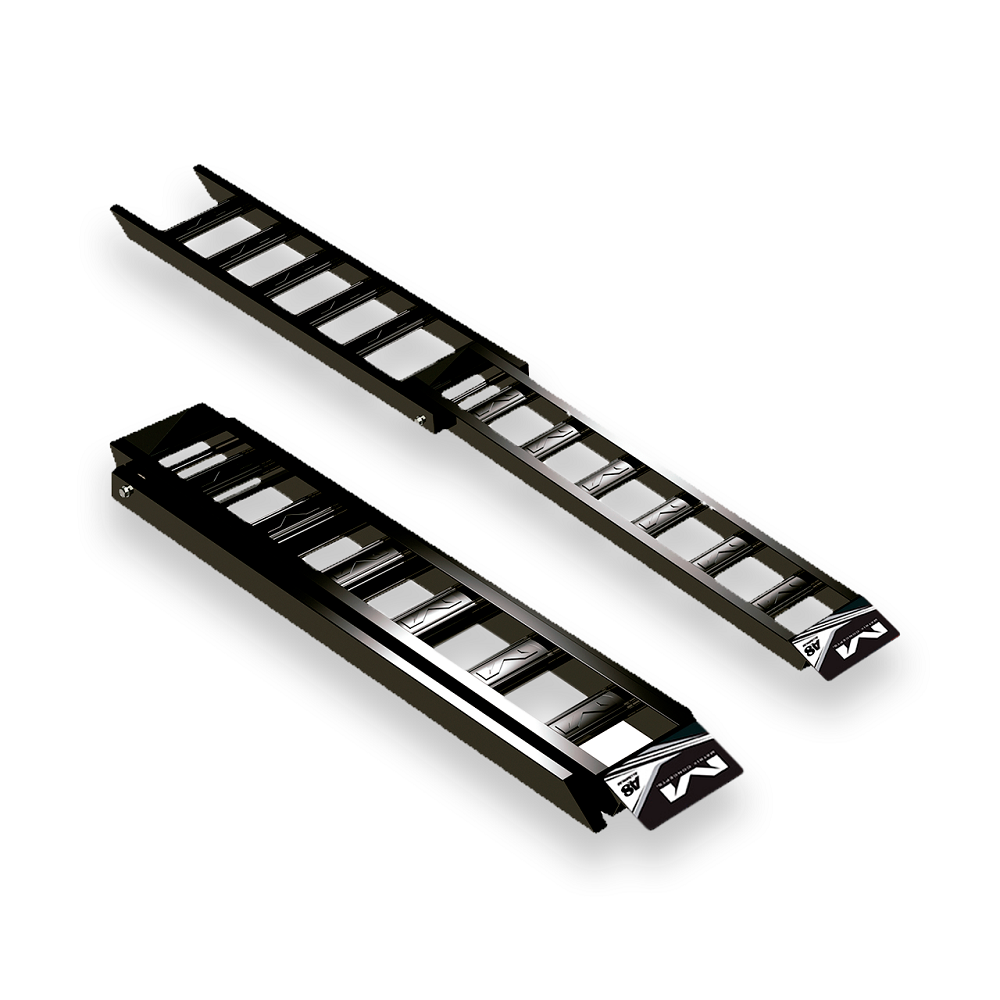
Preparing for the Loading Process
Gathering Necessary Equipment
Before beginning the loading process, gather all the necessary equipment. In addition to the motorcycle ramp, ensure you have the following items: a sturdy vehicle, wheel chocks, tie-down straps, and any protective gear you might need.
Wheel chocks are a vital safety accessory that helps keep your motorcycle stable while loading or unloading. They prevent the bike from rolling forward or backward, providing added security in the loading process. Tie-down straps are also necessary to secure the motorcycle during transit, preventing it from shifting or falling over.
Choosing the Right Location
Finding an appropriate location for loading your motorcycle is crucial. Look for a flat, level area free of obstacles. Avoid gravel or steep inclines that can increase the risk of accidents. A flat surface provides stability and makes it easier to maneuver the ramp.
In addition, ensure you have adequate lighting if you are loading at dusk or in a poorly lit area. Good visibility helps prevent accidents and allows you to see any potential hazards. Take the time to survey the area before beginning the loading process; this will set the tone for a smooth experience.

Setting Up the Ramp
Positioning the Ramp
Once you have chosen a suitable location, the next step is to position the ramp correctly. Start by placing the ramp on the tailgate or loading edge of your trailer or truck. Ensure that the ramp is securely in place and does not move once loaded.
Use the hooks or straps included with the ramp to secure it to the vehicle. These safety mechanisms will prevent the ramp from slipping during the loading process. Verify that the angle of the ramp is safe for loading. Ideally, the angle should not exceed 30 degrees, as a steeper incline makes it more difficult to maneuver the motorcycle.
Checking Stability and Safety
Before you load your motorcycle, always check the stability of the ramp. Ensure that it is not wobbling or shifting. Test its sturdiness by gently applying pressure before riding up. If the ramp feels unstable, reposition it to ensure a secure loading angle.
Additionally, inspect the surface of the ramp for any debris or contaminants that could affect traction. A clean, dry surface is essential for a successful loading experience. If the ramp has a non-slip surface, it can provide additional grip for the motorcycle tires. Always prioritize safety when preparing the ramp for loading.
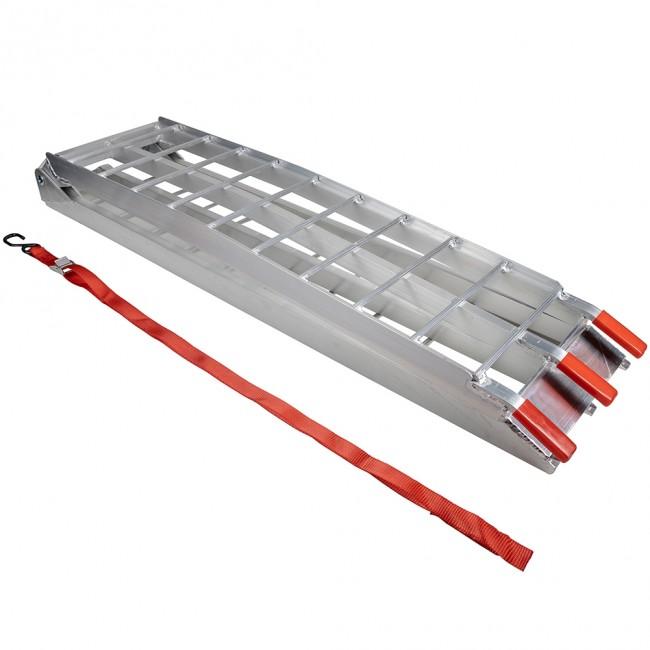
Loading the Motorcycle
Riding Techniques
To load your motorcycle, take a slow and cautious approach. Start the motorcycle and ensure that it is in neutral. While riding up the ramp, keep a steady speed; avoid abrupt acceleration or braking. This approach helps maintain balance and control as you ascend the ramp.
Use your body weight to assist in steering the motorcycle and keep your feet firmly on the foot pegs. Lean into the motorcycle but ensure that you maintain a straight trajectory. Do not allow the bike to sway side to side, as this can increase the risk of losing balance while loading.
Assistance and Communication
If possible, obtain assistance from a companion during the loading process. Having someone to help can make a significant difference in ensuring a smooth transition. Your companion can help stabilize the ramp and guide the motorcycle as it approaches the loading area.
Establish clear communication signals with your helper. Let them know when you are ready to start loading, and communicate any necessary adjustments needed. This teamwork can help eliminate potential hazards and promote a controlled loading experience.
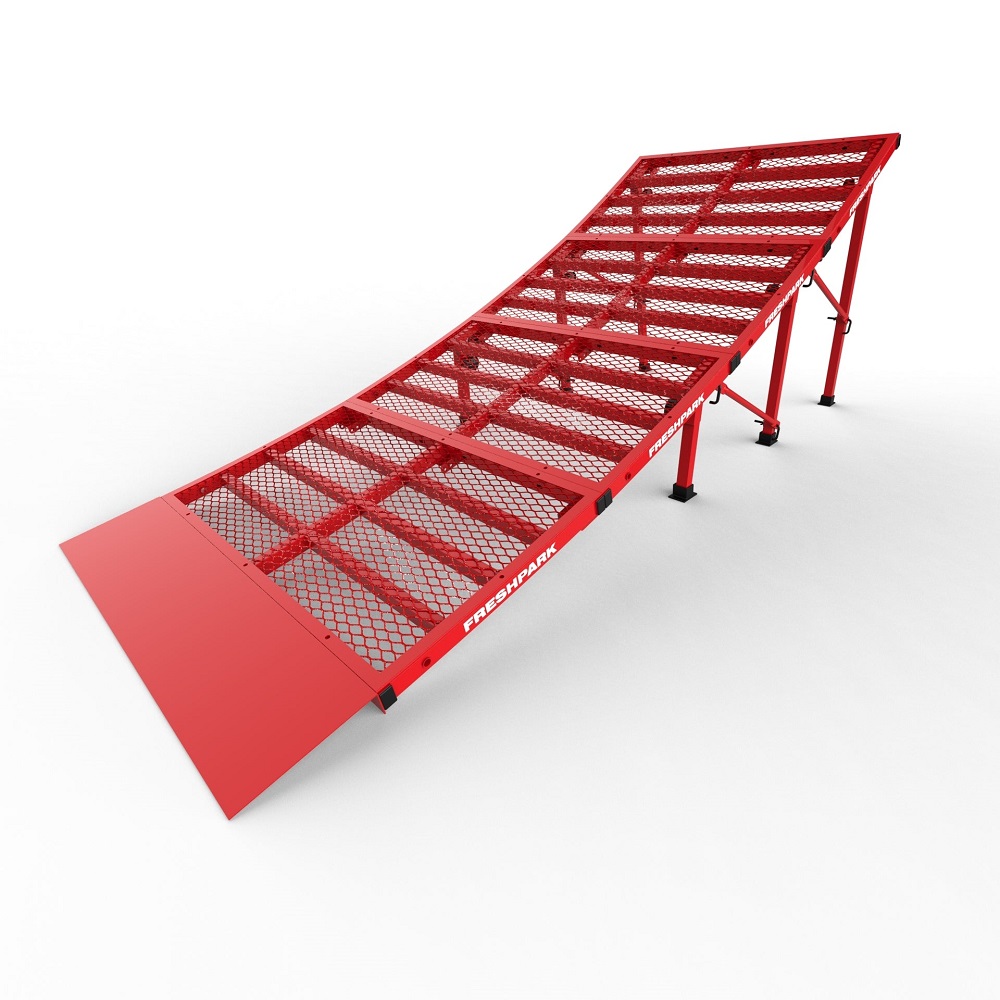
Securing the Motorcycle
Choosing Tie-Down Points
Once the motorcycle is loaded, securing it properly is essential to prevent movement during transport. Use high-quality tie-down straps that can withstand the weight of the motorcycle and provide stability. Look for straps with hooks specifically designed for motorcycles, as they will grip securely without causing damage.
Identify the appropriate tie-down points on the motorcycle. Common locations include the handlebars, frame, or footpegs. Avoid attaching straps to components such as mirrors or plastic parts, as these can break or detach during transport. Ensure that the straps are not overly tight, as this can cause damage to the motorcycle’s suspension system.
Properly Tightening Straps
When securing the motorcycle, ensure that the straps are tightened correctly. Aim for a snug fit without overtightening. You want to secure the bike in place, but not to the point where it is under stress. It is essential to allow some movement, especially if traveling over rough terrain.
As you tighten the straps, check the stability of the motorcycle. A well-secured motorcycle will not shift or sway during transport. After the straps are in place, double-check to ensure everything is secure before beginning your journey.
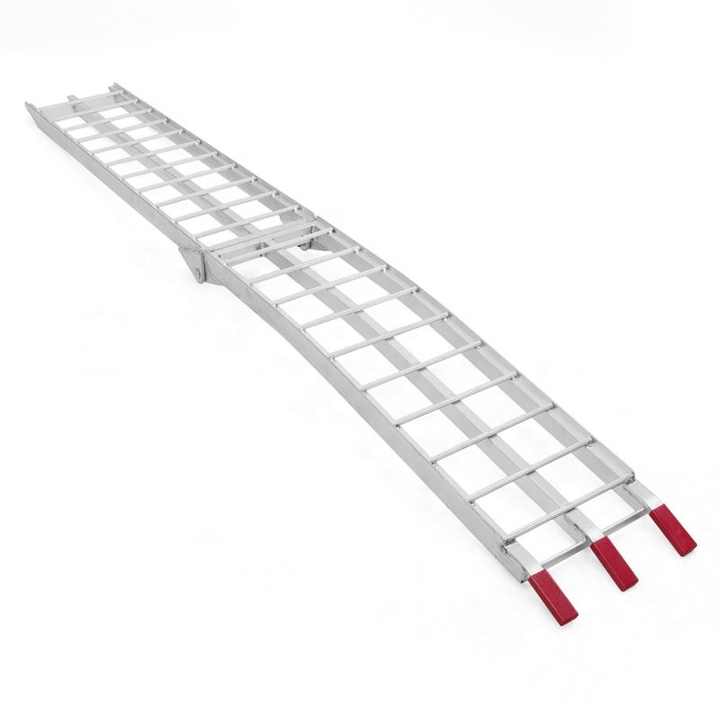
Unloading the Motorcycle Safely
Preparing for Unloading
Once you reach your destination, it’s time to unload the motorcycle safely. Before starting, review the area where you will be unloading. Ensure the space is clear of obstacles, and that the surface is flat and stable. Clear any debris that could cause slipping or tripping hazards.
Gather your tools and ensure that your assisting companion is ready if you have one. Proper teamwork can make unloading smoother and safer. Communicate your plan before you begin, making sure both parties are prepared for the unloading process.
Descending the Ramp
When descending the ramp, take your time and proceed slowly. Start the motorcycle and position yourself comfortably on the bike. Keep your feet on the foot pegs and maintain control as you ride down the ramp. Gradually reduce the throttle as you reach the bottom, allowing the rear wheel to settle onto solid ground.
Avoid sudden movements or applying the brakes hard while descending. This approach can lead to loss of control and may result in an accident. Trust your instincts, and always maintain a steady balance as you navigate down the ramp.
Post-Loading Maintenance
Inspecting the Motorcycle
After unloading, take a moment to inspect your motorcycle ramp. Check for any damage incurred during the loading and unloading process. Look for scratches, dents, or mechanical issues that may have arisen during transit. Addressing any problems immediately can help maintain your motorcycle’s performance and appearance.
Additionally, ensure that your tie-down straps are stored properly after use. Fold them neatly and place them in a designated storage area on your motorcycle or in your vehicle. Keeping your straps in good condition ensures their longevity for future uses.
Planning for Future Loading
Reflect on your loading and unloading experience to identify areas for improvement. Consider what worked well and what challenges arose during the process. If issues occurred, think about how you can adjust your technique or equipment in the future.
As you gain experience in using a motorcycle ramp, loading and unloading will become more effortless. Consistent practice will enhance your skills and comfort level, making each subsequent trip smoother.
Mastering the Loading Experience
In conclusion, using a motorcycle ramp is an effective way to load and unload your bike safely. Understanding the types of ramps available, selecting the right one, and mastering loading techniques are essential for a successful experience. Proper preparation, secure loading, and careful unloading contribute to a smooth operation.
By following the tips outlined in this article, you can enhance your loading and unloading performance. Each journey will be more manageable and safer, allowing you to focus on the joy of riding. With practice, loading your motorcycle can become a straightforward and efficient process, ensuring that your travels are always enjoyable and stress-free. Safe travels, and enjoy the ride!
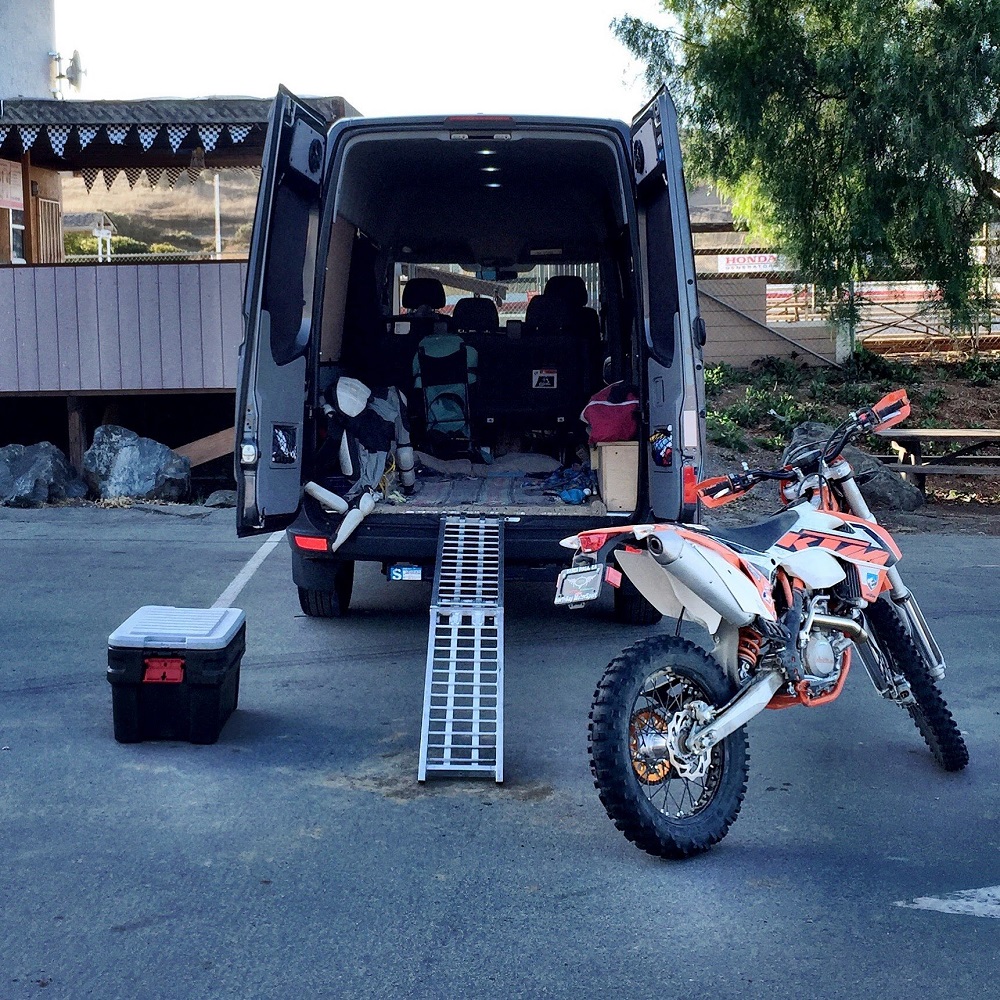
Leave a Reply